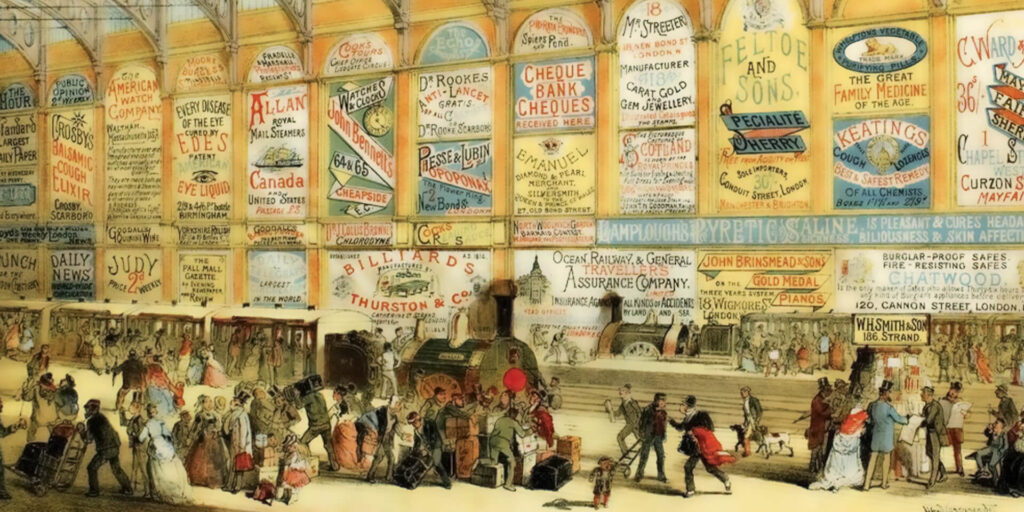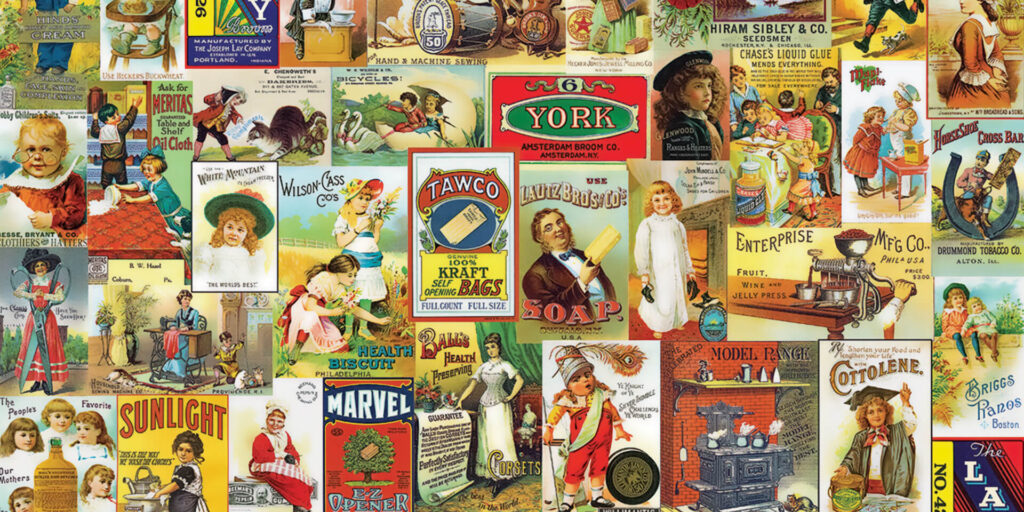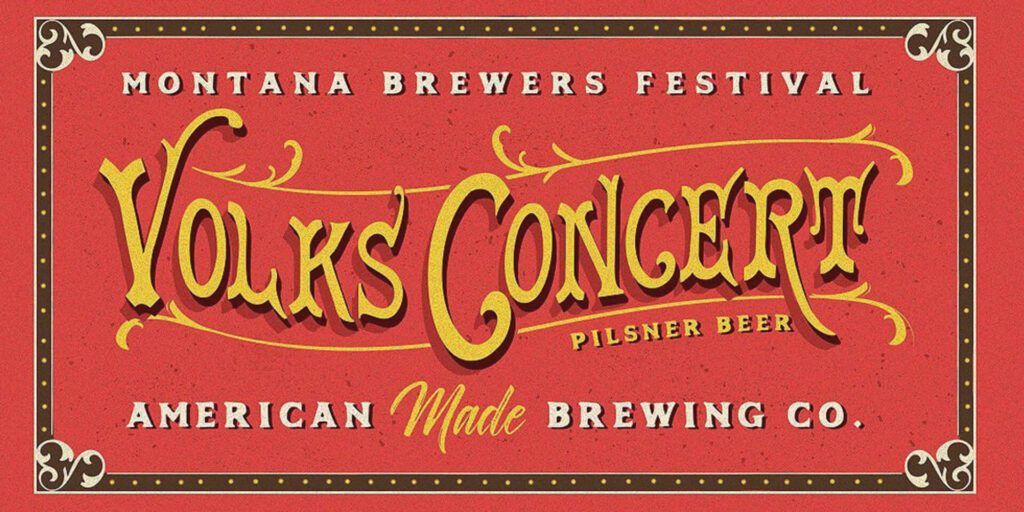Art, Advertising, Attention, and Revolt
Visual Culture plays a very significant role in the field of advertising. Pictures and visuals are what sell products and the stronger a message the visual gives out, the more likely the product will sell. Surreality’ is an aesthetic that references how we visually make sense of the new ways in which we consume culture and share information. Just as Surrealism looked to translate the unconscious in order to understand the conscious, the visual techniques that shape this trend look to reconcile the duality we experience now that much of our lives are digital… By using treatments that reference online phenomena, like gifs and memes, brands are able to tap into the zeitgeist, positioning them at the forefront of the current visual realm.

Since the late fifteenth century, the creation and dissemination of data have moved toward becoming progressively—and irreversibly—commodified over the globe. The impact? We’ve turned out to be increasingly more reliant on TV news, the web, and most as of late, web-based social networking for our insight about the world in a very fast-consuming manner. Visual culture isn’t just concerned with “visual events” n which information, meaning, or pleasure is sought by the consumer, it’s also concerned with new and upcoming technologies that keep changing the way we consume these “visual events”.

Advertisers reach their target audiences by various means: newspapers, magazines, cinemas, billboards, television, the internet, social media, and increasingly, virtual reality. Advertising aims at persuading consumers by providing information, meaning or pleasure — the latter is the crucial part of the experience of visual culture.

One such example is Corona’s Paraiso Secreto, a virtual reality experience in Mexico City, that uses technology to simulate a journey through the jungle to a beach for guests. Aiming to create the feeling of being immersed in nature, Corona hoped to inspire people to spend more time outside and ease their daily stresses through this experience.
Corona is determined to empower individuals around the globe to reconnect with nature and the outside in light of the fact that we spend by and large 90% within recent memory inside. Corona accepts outside as the place our best side radiates through, however, getting outside to encounter nature isn’t as simple as it ought to be with over half of the world’s population currently living in urban areas. Bringing relief to those who needed it the most, Corona created a secret paradise in the heart of one of the most hectic, overpopulated cities in the world, Mexico City.

To outline, provides aesthetic pleasure and countless other kinds of enjoyment to all of us. All things considered, people would not give it any consideration, or in reality produce it, in the event that it didn’t. Notwithstanding, this isn’t a definitive objective of visual culture. In many occurrences, the point of visual culture is the correspondence of thoughts, values, moral messages and stories. Delight is the method by which visual culture convinces and allures us to look and tune in, while thoughts are conveyed or passed on. And when an idea is conveyed effectively and emotionally, it’s really something to see.


